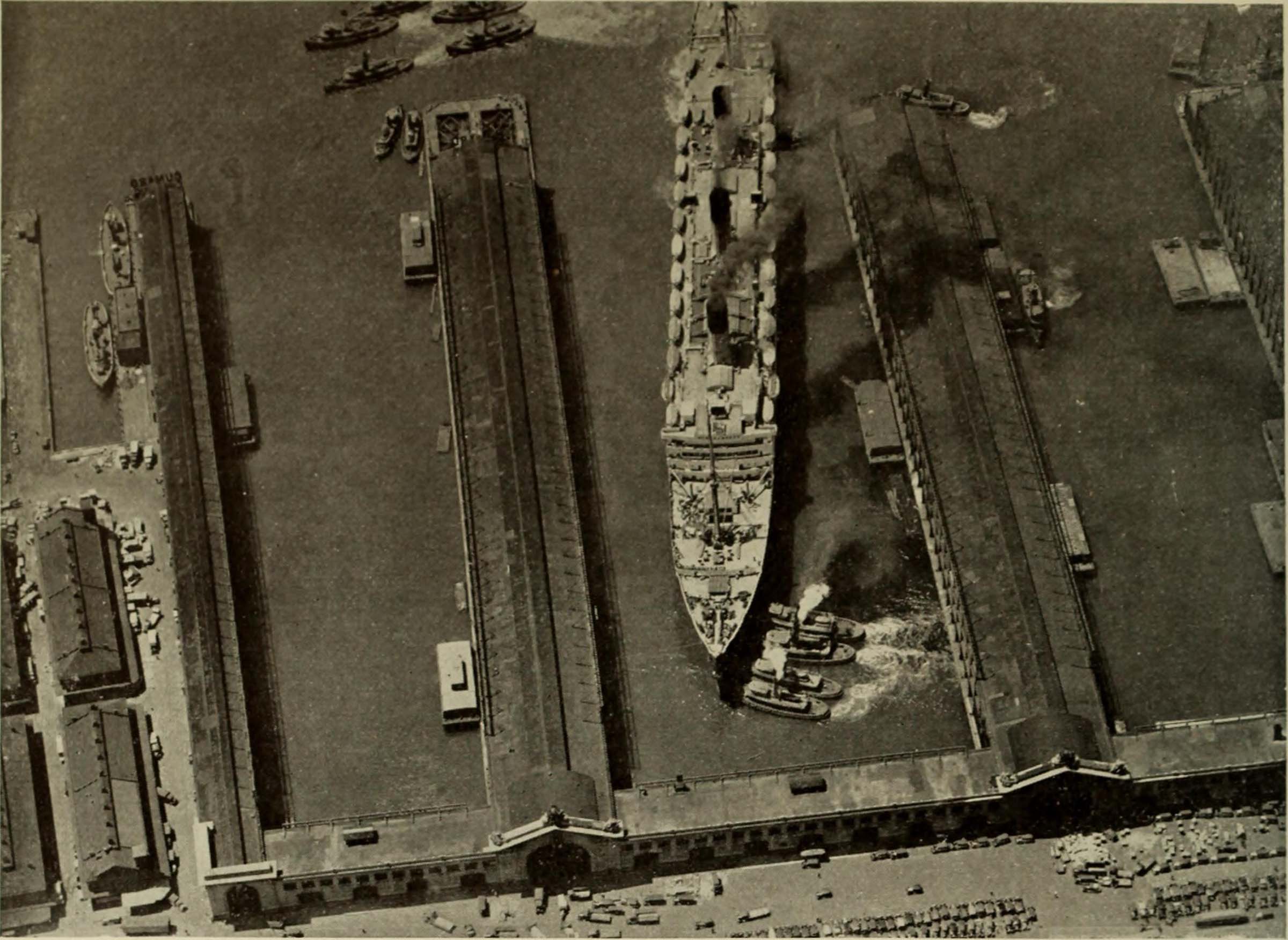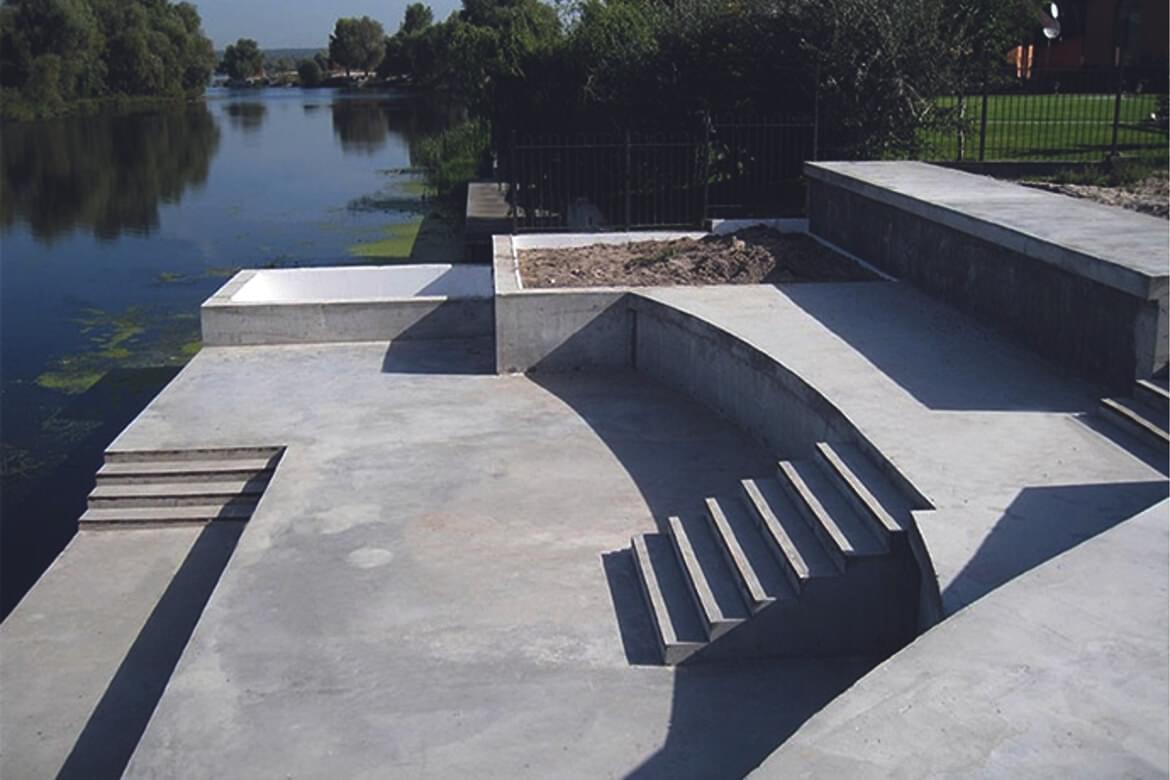Exploring the Various Uses Bulkhead Frameworks in Modern Architecture
Bulkhead structures play a substantial role in modern-day architecture, serving both useful and visual objectives. They can specify rooms, improve storage space solutions, and improve lights. In commercial settings, they serve as focal factors that reflect brand name identity - Bulkhead on Lake Livingston. Additionally, their integration frequently supports sound monitoring and sustainable practices. Comprehending the complete range of their applications exposes much about modern style trends and user experience. What cutting-edge usages of bulkheads might arise in the future?
Specifying Bulkhead Frameworks
Bulkhead structures play an important role in modern style, acting as essential parts in numerous building designs. These frameworks are usually defined as increased ceilings or systems, often utilized to conceal mechanical systems, wiring, or pipes. Bulkheads can be found in both commercial and household setups, where they offer a smooth mix of performance and appearances. Their style can integrate lighting components and various other decorative aspects, enhancing the total visual charm of a room.
Typically constructed from products such as drywall, metal, or wood, bulkheads can be customized to fit the building style and needs of the building (Bulkhead on Lake Livingston). They serve not only to conceal unsightly infrastructure however also to create defined areas within open rooms. By handling the circulation of a space, bulkheads add to the spatial organization, making them a considerable element of contemporary architectural technique. As a result, their interpretation encapsulates both visual and useful measurements
Practical Applications in Residential Layout
Bulkhead frameworks play an essential duty in property design by promoting space optimization approaches that make best use of useful locations. They contribute visual design elements that enhance the visual charm of living areas. Additionally, these frameworks supply vital architectural assistance services, making sure the honesty and safety and security of the home.
Space Optimization Strategies
As modern residential designs increasingly prioritize reliable use room, cutting-edge techniques emerge to optimize functionality without compromising appearances. One prominent approach includes the combination of bulkhead structures, which can mark locations while giving important storage space options. These structures can be employed to develop vertical storage units that boost both company and availability. Furthermore, multi-functional furniture, such as convertible couches and foldable tables, complements bulkhead layouts, permitting spaces to adapt to differing requirements. Open up layout even more optimize spatial flow, motivating versatility being used. Integrating built-in shelving and recessed lighting within bulkheads likewise adds to a streamlined atmosphere, making certain that every square inch of room is utilized efficiently and sympathetically within the overall style.
Aesthetic Design Elements

Structural Assistance Solutions
In modern property design, an efficient architectural support service is vital for preserving the stability of rooms while optimizing layout and performance. Bulkhead structures play a considerable function in this situation, functioning as both assistance and partitioning aspects. They can hide mechanical systems, such as pipes and electric circuitry, while giving support to the ceiling and flooring systems. By purposefully placing bulkheads, architects can create defined areas within open floor plans, boosting usability without jeopardizing architectural stability. In addition, these frameworks can accommodate illumination components, adding to both aesthetics and usefulness. To summarize, bulkhead structures are important in property style, supplying functional assistance solutions that enhance both the capability and aesthetic allure of living rooms.
Enhancing Visual Appeals in Industrial Spaces
When industrial areas embrace cutting-edge bulkhead frameworks, they not just specify physical borders however also greatly improve the total appearances of the atmosphere. These building elements function as aesthetic centerpieces, attracting focus and producing a sense of intrigue. By incorporating varied materials such as steel, timber, or glass, bulkheads can reflect a brand name's identification and objective, adding to a cohesive design.
The strategic positioning of bulkheads can adjust light and shadow, including depth and dimension to otherwise level rooms. This interplay can transform a commercial area right into an inviting ambience, urging client engagement. Furthermore, the usage of shade and structure in bulkhead design can stimulate specific emotions, enhancing the overall client experience. Inevitably, the thoughtful assimilation of bulkhead structures boosts the visual allure of commercial rooms, making them not just useful yet likewise visually enchanting, thus cultivating a long-term perception on site visitors.
Acoustic Efficiency and Noise Monitoring
Reliable acoustic efficiency plays an essential duty in modern architecture, especially within commercial areas where audio management is vital. Bulkhead frameworks can significantly enhance acoustic high qualities by taking in sound, decreasing reverberation, and mitigating noise transfer between areas. These functions are particularly useful in atmospheres such as movie theaters, workplaces, and restaurants, where clear interaction and a pleasant auditory experience are paramount.
The tactical positioning and design of bulkheads can aid produce sound-buffer areas, properly isolating loud areas from quieter ones. Materials used in bulkhead building and construction, such as soft coatings and acoustic panels, add to their sound-dampening capabilities. In addition, the consolidation of bulkheads enables the combination of sound-absorbing elements without endangering aesthetic appeal. By addressing acoustic performance, architects can produce unified environments that improve comfort, improve individual experience, and advertise efficiency, making bulkheads a vital part in the layout of modern business areas.
Integrating Bulkheads for Efficient Room Utilization
Frequently neglected, the assimilation of bulkheads in architectural layout can significantly improve room usage in contemporary buildings. These architectural components serve several functional objectives, offering a way to hide mechanical systems, electrical wiring, and pipes without compromising aesthetics. By purposefully placing bulkheads, engineers can create specified areas within open floor strategies, therefore facilitating far better company and flow.
Additionally, bulkheads can include storage space remedies and lighting functions, optimizing the capability of otherwise thrown away upright space. In residential settings, they might mark zones such as kitchen areas or living locations, while in commercial spaces, they can enhance the effectiveness of designs by clearly noting pathways and workspace.
Eventually, the thoughtful combination of bulkheads contributes to an extra organized and visually appealing setting, permitting versatile spaces that can develop with the demands of their passengers. This strategy not just maximizes room however also fosters a much more unified communication in between kind and feature.
Bulkheads in Public Style

Building Visual Enhancements
While lots of architectural aspects go for functionality, bulkheads in public style serve a twin function by boosting visual appeal. These frameworks commonly develop aesthetic passion through their layout, integrating seamlessly with bordering aspects. By employing various materials, structures, and colors, bulkheads can add to an unique identification for public areas, such find more information as airport terminals, galleries, and libraries. Their tactical placement aids to delineate locations, guiding visitors while adding deepness to the general style. In addition, bulkheads can accentuate lighting, creating vibrant ambiences that change throughout the day. This visual improvement not only raises the site visitor experience yet additionally fosters a sense of area, making bulkheads an essential factor to consider in modern public design. On the whole, bulkheads embody the combination of kind and feature.

Architectural Assistance Solutions
As engineers seek cutting-edge means to boost the structural honesty of public areas, bulkheads become essential parts in the style and construction procedure. These structures provide important assistance, particularly in locations subject to heavy foot website traffic or vibrant loads. By distributing weight uniformly, bulkheads help avoid architectural failure while allowing for versatile layout options. In large locations, such as arenas and convention centers, bulkheads are typically incorporated right into the overall building structure, making sure stability and safety. Additionally, they can assist in the consolidation of utilities and mechanical systems, contributing to the efficiency of space use. Ultimately, bulkheads represent an important service in contemporary public architecture, enhancing both performance and safety in community-focused environments.
Environmental Security Steps
Incorporating ecological protection actions into public design has ended up being increasingly important as metropolitan designers prioritize sustainability alongside architectural support. Bulkhead structures serve a double purpose in this regard, working as barriers against disintegration and flooding while concurrently boosting the aesthetic allure of urban landscapes. Their layout often consists of natural environments such as vegetation, which can boost air top quality and offer environments for wildlife. Furthermore, bulkheads can be crafted with absorptive products that enable water absorption, decreasing runoff and promoting groundwater recharge. This assimilation of eco-friendly factors to consider not only preserves the setting yet likewise promotes area resilience against climate modification. By using bulkheads successfully, architects add to sustainable city development that aligns with modern environmental goals.
Future Patterns in Bulkhead Style
Emerging patterns in bulkhead layout reflect an expanding focus on sustainability, innovation, and performance in modern-day style. Designers are progressively incorporating eco-friendly products, such as recycled composites and bioplastics, to decrease ecological impact. On top of that, the assimilation of wise innovation is coming to be common, enabling bulkheads to serve multi-functional purposes, including energy storage and climate control.
In urban settings, modular bulkhead systems are gaining grip, providing flexibility in design and ease of installation. These systems can be adapted to different landscapes, permitting reliable room use. Furthermore, aesthetic considerations are progressing; bulkheads are now being designed to improve visual appeal, frequently incorporating artistic aspects that reverberate with local society.
As environment durability becomes a priority, future bulkhead designs will likely focus on flood defense and stormwater management, making certain architectural honesty while addressing ecological challenges. This shift signifies an alternative strategy to style that satisfies both human needs and environmental responsibilities.
Frequently Asked Inquiries
What Materials Are Commonly Utilized for Bulkhead Construction?
Usual materials for bulkhead building and construction include concrete, steel, wood, and composite materials. These options offer durability, structural integrity, and resistance to environmental factors, making them appropriate for various applications in building and engineering jobs.
Exactly How Do Bulkheads Impact Building Energy Performance?
Bulkheads boost building energy performance by offering thermal insulation and lowering air leakage (Bulkhead on Lake Livingston). They aid preserve interior temperature levels, therefore reducing home heating and cooling demands, eventually resulting in reduced energy prices and enhanced environmental sustainability
Are There Any Type Of Building Codes Certain to Bulkhead Structures?
Yes, building webpage codes details to bulkhead frameworks exist, varying by location. These policies usually deal with safety, architectural stability, and access, guaranteeing that bulkheads satisfy called for standards for construction and style within an offered jurisdiction.
Can Bulkheads Be Conveniently Modified or Removed Later On?
Bulkheads can frequently be modified or gotten rid of, relying on their style and building and construction. However, such alterations might require cautious planning and adherence to structure codes to assure architectural integrity and safety and security are kept throughout the procedure.
What Are the Prices Associated With Mounting Bulkhead Frameworks?
The costs related to installing bulkhead frameworks can differ significantly, typically influenced by products, design complexity, and labor. Generally, costs range from modest to high, relying on the project's certain demands and area.
Bulkhead structures play a crucial duty in contemporary architecture, serving as essential parts in different building designs. Bulkhead frameworks play a necessary function in residential style by assisting in area optimization techniques that take full advantage of usable areas. Commonly forgotten, the assimilation of bulkheads in building layout can greatly boost space usage in modern buildings. As engineers seek innovative methods to enhance the architectural integrity of public rooms, bulkheads emerge as essential elements in the design and construction process. The expenses connected with setting up bulkhead frameworks can vary substantially, generally affected by products, style complexity, and labor.